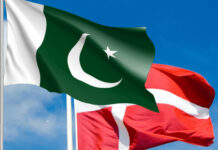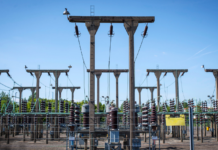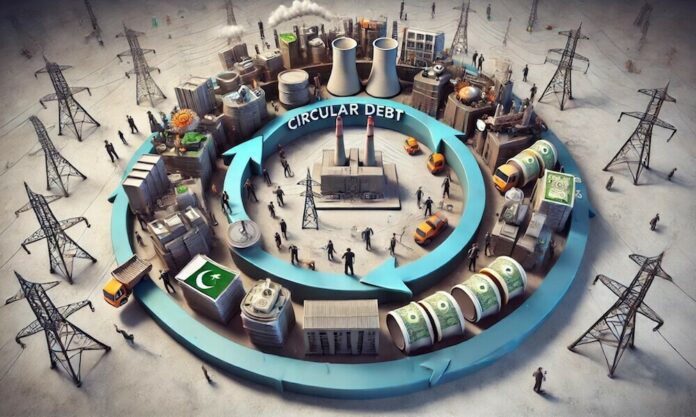Pakistan’s circular debt stood at Rs2.384 trillion by the end of December 2024, as power sector inefficiencies, theft, and under-recoveries led to Rs158 billion in losses during the first half of the fiscal year.
Despite a rise in electricity prices, these losses, particularly from Hyderabad Electricity Supply Company (HESCO) and Sukkur Electric Power Company (SEPCO), offset the gains from tariff adjustments, according to a Power Division report.
The report highlighted that nearly 52% of sectoral losses were attributed to HESCO and SEPCO, whose boards remain unchanged due to a political arrangement between the federal government and its ally, the Pakistan Peoples Party (PPP). The Senate Committee on maritime affairs recently called for increased scrutiny of such inefficiencies, reinforcing concerns over governance issues in power distribution companies.
Pakistan’s circular debt saw a net reduction of Rs9 billion during the first half of the fiscal year after the government injected Rs20 billion from the budget. However, there was still a net increase of Rs11 billion in the circular debt flow after adjusting for price increases and fiscal support.
The International Monetary Fund (IMF) had allowed the government to add Rs461 billion in circular debt flow, but the Power Division’s performance remained well below this limit.
Distribution companies suffered Rs106 billion in losses due to inefficiency—38% higher than the previous fiscal year—while under-recoveries contributed Rs52 billion, reflecting an improvement of Rs97 billion from the same period last year.
To offset these losses, the government collected Rs67 billion through monthly and quarterly fuel cost adjustments and an additional Rs140 billion from other tariff adjustments. Despite these measures, non-payment issues continued to add pressure, with Rs12 billion added to circular debt due to non-payment by K-Electric and Rs56 billion due to unpaid interest charges.
Power Division spokesperson Zafar Yab Khan defended the sector’s performance, noting that total losses dropped by Rs69 billion compared to the Rs226 billion recorded during the same period last year. However, he acknowledged that losses from HESCO and SEPCO increased by Rs28 billion, underscoring the need for governance reforms.
He stated that the government is working to appoint independent Boards of Directors for both entities to improve financial discipline.
Despite concerns over price hikes, the national average electricity tariff fell by Rs4.64 per unit between June and December 2024, with industrial consumers benefiting from a Rs11 per unit reduction. The federal cabinet had previously approved a 51% increase in electricity rates in July 2024, raising per-unit prices by Rs7.12.
The government also introduced a winter package offering electricity at Rs26 per unit, leading to a 6% rise in industrial consumption in December. This increase in usage partially contributed to revenue gains.
While the circular debt issue remains a challenge, the Power Division insists that sectoral reforms and improved recoveries are gradually stabilizing the situation. However, sustained progress depends on governance reforms, reduction in theft, and continued efforts to balance electricity pricing with consumer affordability.
























